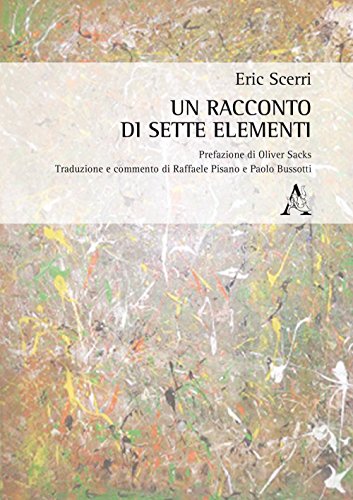What do you think?
Rate this book


Paperback
First published January 1, 2013
A basic understanding of the periodic table of elements such as author, Eric Scerri's "The Periodic Table: Its Story and Its Significance" (2007) will help the reader glean more from this fascinating book. However, the author makes it "user-friendly" enough for even the layperson to understand and in the first two chapters gives a condensed version of the aforementioned book.
"A Tale of Seven Elements" is about the last seven elements to be discovered of the first 92. It's not just a scientific account, rather the "tale" of each element is rich with history, scandal, betrayal, and untruths from prevarication to unwitting misconceptions. The discovery of each of these elements takes us behind the scenes covering such controversial elements (pun intended) of who(m) to credit it's discovery or "Priority assignment", what actually constitutes discovery of an element (it's more ambiguous than one would think) and what properties must the "said element" possess to even classify it as one. A layperson myself, much of what I assumed to know about the history, creation and application of the periodic table of elements was incorrect. Eric Scerri's ability to write succinctly while intuitively expounding upon and clarifying chemical terms and processes makes it a thoroughly enlightening read. What separates this book from other like-minded books that are written for and marketed to the general public is that this one works. Scerri successfully combines the right proportions of history, chemistry and physics that is inter-woven with compelling story-telling that keeps the reader engaged and motivated to continue reading (even through difficult passages like one quote written in French (literally).